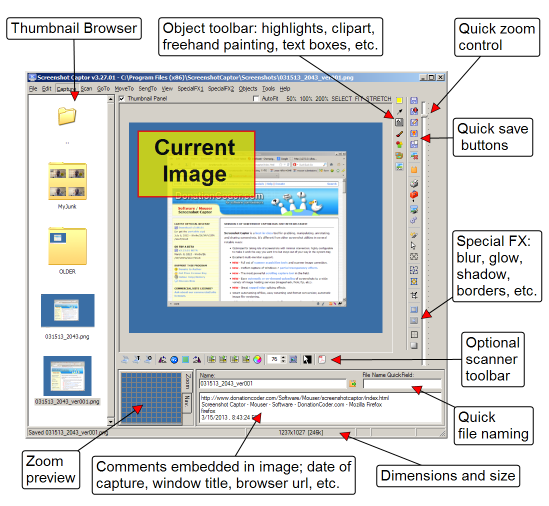
Have a suggestion?
Click here to suggest a blog item.
Newsletters Archive
Catch up with DonationCoder by browsing our past newsletters, which collect the most interesting discussions on our site: here.
Editorial Integrity
DonationCoder does not accept paid promotions. We have a strict policy of not accepting gifts of any kind in exchange for placing content in our blogs or newsletters, or on our forum. The content and recommendations you see on our site reflect our genuine personal interests and nothing more.
Latest News
July 2, 2024
Server Migrations Coming
- Donationcoder server migration is slowly proceeding, expect some hiccups as we get all our ducks in a row..
July 19, 2022
Software Update
Jan 3, 2022
Event Results
May 13, 2020
Software Updates
Mar 24, 2020
Mini Newsletter
Dec 30, 2019
Software Updates
Jan 22, 2020
Software Updates
Jan 12, 2020
Newsletter
Jan 3, 2020
Event Results
Jan 2, 2020
Software Updates
Dec 30, 2019
Software Updates
- Automatic Screenshotter v1.16
- Screenshot Captor v4.35 beta
- Find and Run Robot v2.238 beta
- Clipboard Help and Spell v2.46.01
- LaunchBar Commander v1.157
- Mousers Media Browser v2.0
- MultiPhoto Quotes v2.09.1
- DiscussionList for Android v1.08
April 27, 2019
Software Updates
Feb 26, 2019
Software Updates
Feb 23, 2019
Software Updates
Feb 14, 2019
Software Updates
Jan 6, 2019
Event Results
Dec 2, 2018
Software Updates
Nov 13, 2018
Software Releases
July 30, 2018
Software Updates
June 24, 2018
Software Updates
June 6, 2018
Software Updates
Apr 2, 2018
Fundraiser Celebration
Apr 2, 2018
Software Updates
Feb 24, 2018
Software Updates
Jan 14, 2018
Major Site News
Jan 10, 2018
Event Results
Latest Forum Posts
May we recommend..
Screenshot Captor is our most well-known tool. A best-in-class tool for grabbing, manipulating, annotating, and sharing screenshots. It's different from other screenshot utilities in several notable ways...
Our daily Blog
This page spotlights the most interesting posts collected from our forum every day.
You are viewing a specific blog item. Click here to return to the main blog page.
The New line character \n\nI stumbled on the NewLine article on wikipedia today during some random browsing, and I never expected it to be so fascinating. It shows some interesting history, and how many different Operating Systems have different control characters to represent a new line, and for different reasons. There is also some confusion as to whether newlines terminate or separate lines. If a newline is considered a separator, there will be no newline after the last line of a file. The general convention on most systems is to add a newline even after the last line, i.e., to treat newline as a line terminator. Some programs have problems processing the last line of a file if it isn't newline terminated. Conversely, programs that expect newline to be used as a separator will interpret a final newline as starting a new (empty) line. This can result in a different line count being reported for the file, but is otherwise generally harmless. wow... I never even thought about it that way. I guess it can be interpreted both as a separator and as a terminator. I can see how some interoperability problems could occur. This is one of those things that, when I really think about it, makes me realize that it's a small miracle that software as we have it today works at all! - When programs can't even agree on what a new line is, or even how to treat it. It doesn't stop there, the problem persists on our internets: Most textual Internet protocols (including HTTP, SMTP, FTP, IRC and many others) mandate the use of ASCII CR+LF (0x0D 0x0A) on the protocol level, but recommend that tolerant applications recognize lone LF as well. In practice, there are many applications that erroneously use the C newline character '\n' instead (see section Newline in programming languages below). This leads to problems when trying to communicate with systems adhering to a stricter interpretation of the standards; one such system is the qmail MTA that actively refuses to accept messages from systems that send bare LF instead of the required CR+LF. |
||




![donate to Gothi[c]](https://www.donationcoder.com/forum/Themes/dc2/images/dc/dcgoldcoin.gif)

